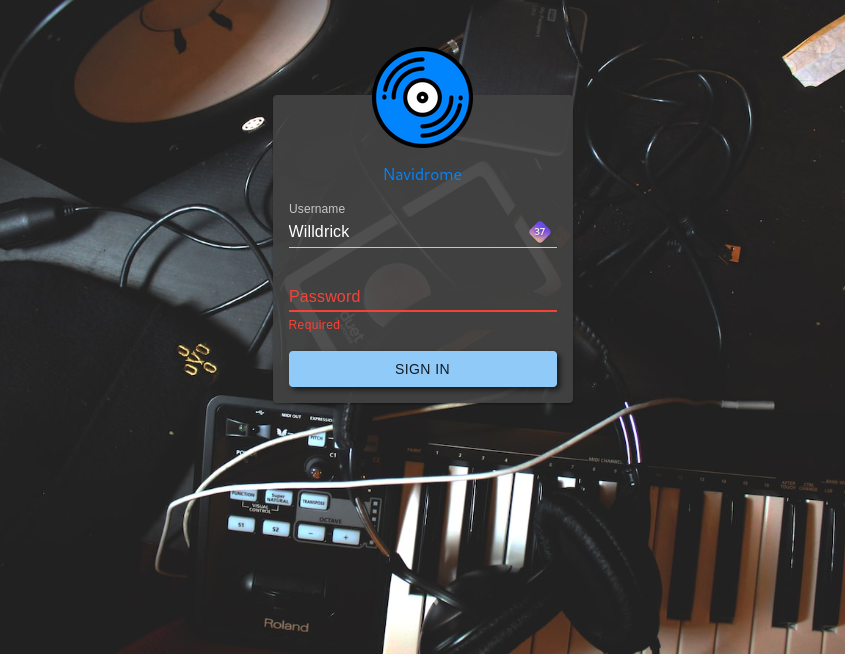Selfhosted
A place to share alternatives to popular online services that can be self-hosted without giving up privacy or locking you into a service you don't control.
Rules:
-
Be civil: we're here to support and learn from one another. Insults won't be tolerated. Flame wars are frowned upon.
-
No spam posting.
-
Posts have to be centered around self-hosting. There are other communities for discussing hardware or home computing. If it's not obvious why your post topic revolves around selfhosting, please include details to make it clear.
-
Don't duplicate the full text of your blog or github here. Just post the link for folks to click.
-
Submission headline should match the article title (don’t cherry-pick information from the title to fit your agenda).
-
No trolling.
Resources:
- selfh.st Newsletter and index of selfhosted software and apps
- awesome-selfhosted software
- awesome-sysadmin resources
- Self-Hosted Podcast from Jupiter Broadcasting
Any issues on the community? Report it using the report flag.
Questions? DM the mods!
view the rest of the comments

I can't answer your original question but I have had a lot of success using Logitech Media Server (LMS) or PiCorePlayer (same thing but all in one, server and end player). They are also known as Squeezebox.
I ran a server on a pi, then ran the player part on more Pis including a pi zero w which had PCP installed (but I just used the player part of it).
Squeezebox used to be a Logitech brand, you can still find them on eBay. They closed it down, but open sourced it and it was taken over by the OS community.
It looks shit. But there is a Material theme you can add that makes it look far nicer. It will run your own media from the server, but also other services like TuneIn Radio, Spotify, YouTube, BBC radio...
I ended up with it because there is a plugin that allows Google Home Minis to be used as end devices and I have 3 of them. So I had 6 end devices (3 Google, 3 Pis) and I could run them all together playing the same music throughout the house.
It's a bit buggy sometimes, and it requires a fair bit of fiddling. I found that the Google devices would always be out of sync by a half second or so. But on the whole I loved it, and when my Dell Optiplex comes I intend to revive it on that.
While I was researching I found out about Squeezebox, as there are people using it in combination with HomeAssistant. Both solutions you and @cfi provided seem pretty doable, and I've already been tinkering with Mopidy on armbian. Snapcast is something I've never heard of, and I'm definetly going to tinker around it, I'd love to be able to sync several speakers around the house, specially for parties and gatherings.
That being said I think they are a bit overkill for the usecase, and I'm looking for something even simpler, maybe repurposing the guts of a cheap BT speaker I have lying around, see if I can find somewhere on the PCB where I can tap line level audio output and solder it directly inside the amp/sub box, along with a small power supply to run without batteries. (I know there are ready-made BT modules for this, but where's the fun in that!)
Hah if you've been on Reddit and seen some of the posts about LMS and Home Assistant you've probably seen a bunch of my posts about it.
When I installed PCP on the Pi Zero W it was hooked up to a Bluetooth soundbar. There was no need for soldering a PCB in there. The pi3b I have upstairs was running though and old pair of PC speakers I found in a drawer, and the one in my kitchen was run though and old Bose surround sound system, via an electric drum kit I got my kid for his birthday. Meant we could put songs on Spotify through it and play along on the drums